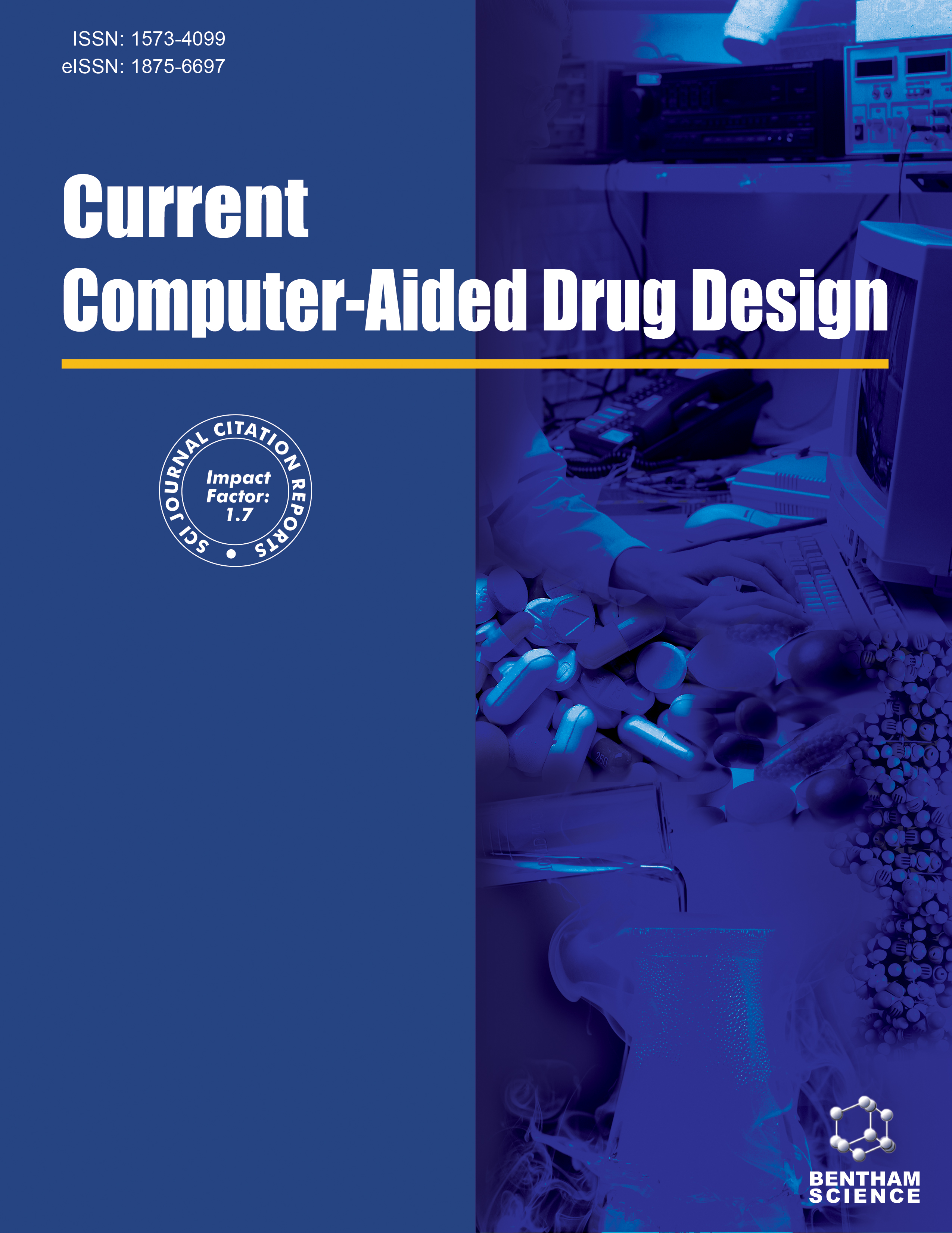
Full text loading...
We use cookies to track usage and preferences.I Understand

The function of HOXC antisense RNA 1 (HOXC-AS1) in lung adenocarcinoma (LUAD) remains largely unexplored.
The objective of this research was to examine the relationship between HOXC-AS1 levels and LUAD through both bioinformatics analysis and experimental validation.
We employed statistical methods and bioinformatics to evaluate the correlation between HOXC-AS1 expression and various clinical features, survival predictors, regulatory mechanisms, and immune cell infiltration in LUAD. The levels of HOXC-AS1 in LUAD cell lines were ascertained through quantitative reverse transcription PCR.
HOXC-AS1 displayed significantly increased expression in individuals with LUAD. There was a significant correlation between high HOXC-AS1 levels and diminished overall survival in LUAD patients, characterized by a hazard ratio of 0.66, a 95% confidence interval of 0.49 to 0.88, and a statistically significant P-value (0.005). An elevated expression of HOXC-AS1 was found to be a standalone predictor of poor overall survival in LUAD patients, with a P-value of 0.002. HOXC-AS1 was found to be implicated in various pathways, such as neuroactive ligand-receptor interaction and asthma, among others. The study revealed a substantial link between high HOXC-AS1 expression and unfavorable outcomes in LUAD, including poor survival and altered immune cell infiltration. LUAD cell lines exhibited a marked increase in HOXC-AS1 expression compared to the Beas-2B normal lung cell line.
The research indicated a strong association between higher levels of HOXC-AS1 and negative outcomes in LUAD, such as reduced survival rates and the presence of immune cell infiltration. HOXC-AS1 could potentially be utilized as a biomarker to anticipate patient prognosis and their likelihood of responding to immunotherapies in LUAD.

Article metrics loading...

Full text loading...
References


Data & Media loading...
Supplements